By Nancy Marr
Climate change is the most important threat we face, as one of the three greatest threats imperiling the Earth, in addition to the loss of biodiversity and global pollution. Reducing the carbon dioxide that we release into the atmosphere into the atmosphere is critical. The mantra — reduce, reuse, recycle — has become more important as incomes rise and consumption increases, particularly in urbanizing communities where local government must find ways to deal with the waste stream.
Leftover food is a major component of landfill waste. It has been estimated that only 40% of the food that is produced is consumed, due partly to overproduction on farms and poor distribution methods. The EPA estimates that food waste comprises about 22% of our entire waste stream.
In 2022 the Food Donation and Food Scraps/Recycling Law will take effect in New York State. It will require businesses that generate an average of two tons of excess edible food per week to donate it to food banks and charities. All remaining food scraps, if the business is within 25 miles of an organics recycler, must be recycled instead of ending up in a landfill.
One method is feeding it to an anaerobic digester, in which microorganisms break down organic materials in a closed space where there is no air (or oxygen). The material that is left over following the anaerobic digestion process, called digestate, can be made into soil amendments and fertilizers, improving soil characteristics and facilitating plant growth.
Biogas, which is produced throughout the anaerobic digestion process, is a renewable energy source that can be used in a variety of ways, depending on its quality. Biogas treated to meet pipeline quality standards can be distributed through the natural gas pipeline and used in homes and businesses. However, on the controversial side of this positive energy gain, remains the fact that anaerobic digesters generate an inordinate amount of methane (CH4), an enemy in our effort to combat climate change.
 Our waste stream includes packaging materials and paper goods. Bill S1185 has been introduced by Senator Todd Kaminski and it will be followed by A5801, to be introduced by Assemblyman Steve Englebright. They require producers and manufacturers to finance the recycling of their packaging materials and plastics, with incentives for finding ways of making recycling easier. Within three years of the bill’s implementation, producers will have to comply with the provisions of the bill or work with a producer responsibility organization.
Our waste stream includes packaging materials and paper goods. Bill S1185 has been introduced by Senator Todd Kaminski and it will be followed by A5801, to be introduced by Assemblyman Steve Englebright. They require producers and manufacturers to finance the recycling of their packaging materials and plastics, with incentives for finding ways of making recycling easier. Within three years of the bill’s implementation, producers will have to comply with the provisions of the bill or work with a producer responsibility organization.
Very good news is that agronomists have found that improved soil management can reduce the carbon that is released into the atmosphere and can increase the amount of carbon that is drawn down into the soil through photosynthesis. Led by Suffolk County Cooperative Extension, many farmers are using the methods of no-till farming, cover crops, and natural fertilizers, recognizing the importance of the biodiversity of the soil. Farming can transition from a net carbon emitter to a carbon sink.
In order to reduce the amount of methane coming from landfills, New York State passed a law in 1990 that prohibited municipalities from retaining household waste in their landfills. (Construction and yard waste and recyclables can remain.)
In the case of Brookhaven Town, which built a landfill in 1974 in Yaphank, the waste is currently transported to a waste-to-energy facility in Hempstead for incineration. The ash by-product is then returned to Brookhaven (along with the ash from four other municipalities) to be deposited in the Brookhaven landfill, which will be closed in 2024. There is a question of how that ash will be stored, recycled, or disposed of. Until we can get to zero waste that question will remain. Can we do so in a timely way? Can we do so at all?
The League of Women Voters of New York State supports policies that protect food production and distribution while diverting food waste from landfills, incinerators and other waste treatment facilities.
One thing we already know: we will only achieve zero waste conditions when everyone participates. Look for ways to make easy changes at home – using imperfect fruits and vegetables and organizing your pantry can help reduce waste. Plan to re-use and repair your goods, recycle, and compost your food waste. Regenerative farming methods will improve the soil in suburban gardens and lawns as well as farms. Let your state legislators know that you support the EPR bill to require end-of-life recycling by producers.
Nancy Marr is vice-president of the League of Women Voters of Suffolk County, a nonprofit nonpartisan organization that encourages the informed and active participation of citizens in government and influences public policy through education and advocacy. Visit www.lwv-suffolkcounty.org or call 631-862-6860.


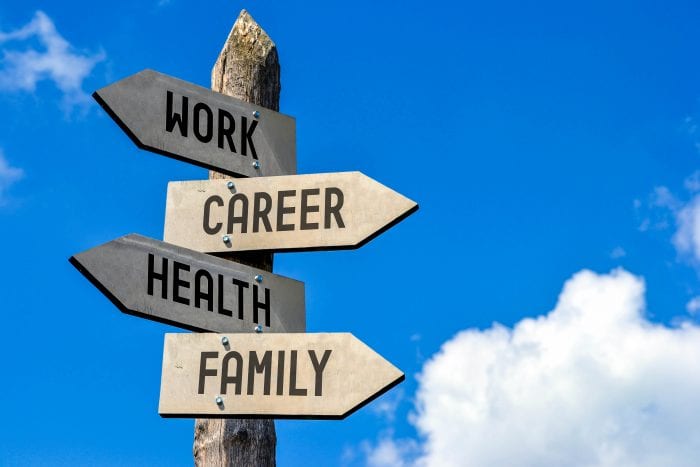
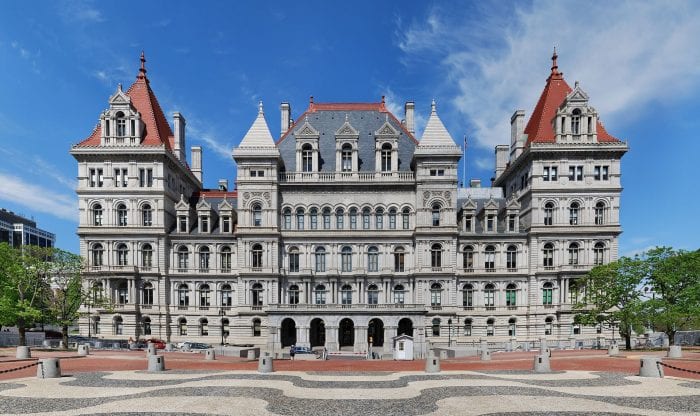
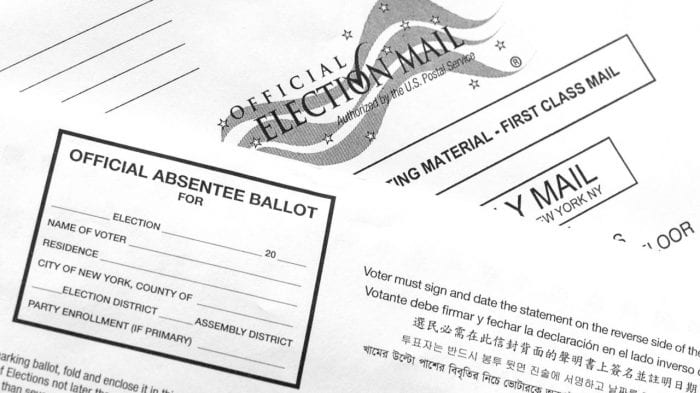
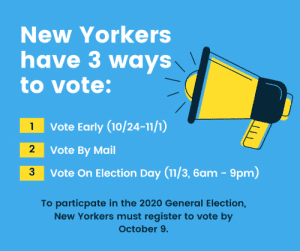
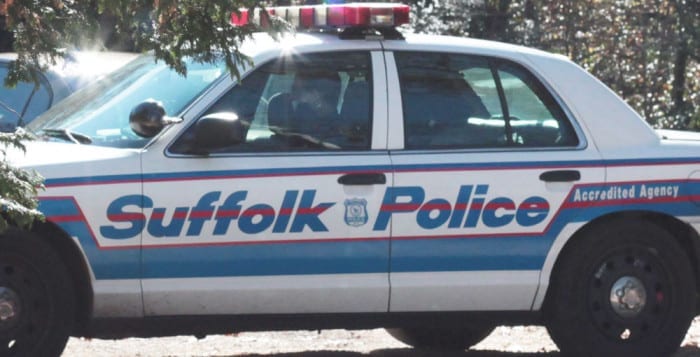
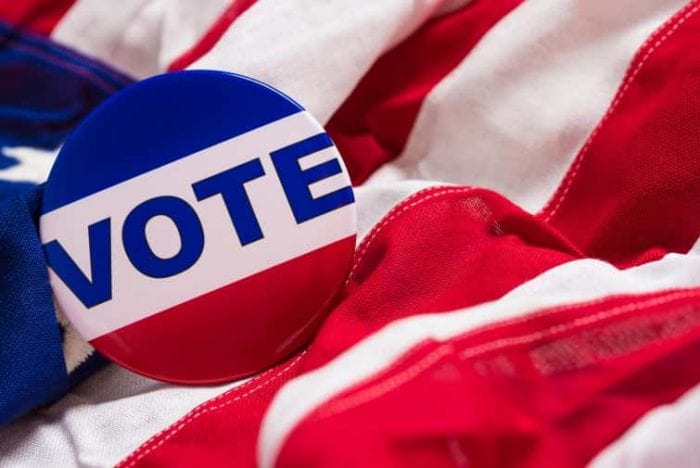
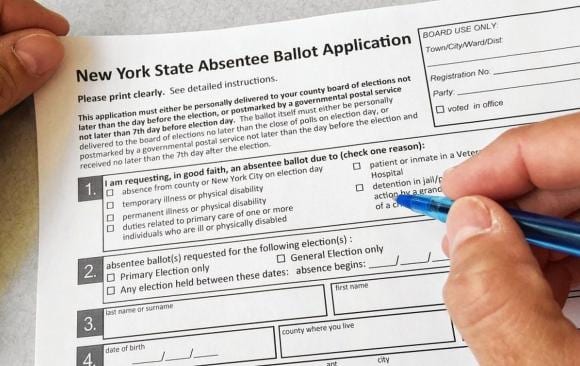

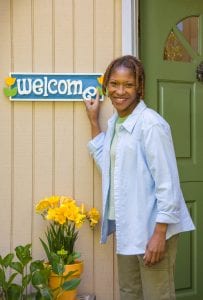 Blatant discrimination began to give way to steering; black house hunters were shown homes only in minority or integrated areas while whites were shown houses in overwhelmingly white areas. As people of color began to buy homes in mostly white areas, block busting by real estate brokers took advantage of the situation by scaring white homeowners into selling their homes at lowered prices.
Blatant discrimination began to give way to steering; black house hunters were shown homes only in minority or integrated areas while whites were shown houses in overwhelmingly white areas. As people of color began to buy homes in mostly white areas, block busting by real estate brokers took advantage of the situation by scaring white homeowners into selling their homes at lowered prices.




